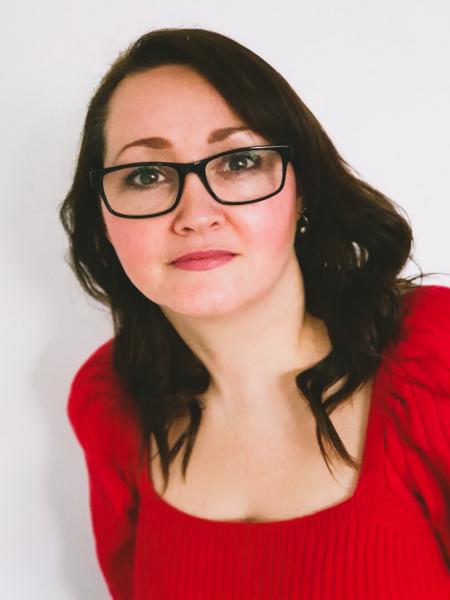
Women’s health and use of language are both hot topics and minefields right now. Put them together and you get fireworks, whether the outcomes are enjoyable, or explosive all depends on the execution.
OnePoll’s research with more than 5,000 women revealed that language, censorship and consumer confidence in accuracy remain barriers to driving women’s health communications in a positive, supportive manner, despite the excellent work that has been taking place by communications professionals in this space.
That’s why on the 26th March 2024, OnePoll and the PRCA gathered an expert panel to discuss how we can collectively drive positive and accurate language in women’s health communications.
Women’s health writer and freelance journalist for The Telegraph, Susanna Galton along with Birth Trauma Specialist Midwife Illiyin Morrison and Communications Director for Essity UK & ROI Gareth Lucy formed the panel which was moderated by Sam Brown, Head of PR for 72PointPLAY.
The key insights that led to this discussion were:
More than 50% of our 5022 respondents reported having seen, heard or read outdated or offensive terminology such as Depressed Vagina, Incompetent Cervix, Elderly Primigravida, Habitual Aborter, Failure to Progress (among others).
• 34% cited a medical professional as a source of such language
• 34% cited news articles/stories as a source of such language
• 32% cited social media as a source of such language
90% of respondents accessed social media with 46% of 18-24’s and 35% of 25-34’s using it to be educated or informed on Women’s Health.
Just 22% of females believe that information published via mainstream media on women’s health issues is mostly or completely accurate, with social media considered the least accurate at just 19%.
Discussion was far ranging touching on laws, advertising history, writing and publishability along with the role of medical professionals but what quickly became clear is that we are standing at a language crossroads when it comesto women’s health and our collective actions now, can have incredibly positive effects both on and for women’s health in the very near future. To quote a rather well-known fictional wizard, “Words, in my humble opinion, are our most inexhaustible source of power” so positivity and accuracy really counts.
Key takeaways:
Choose your medical professional wisely
Whether it’s someone to front your campaign, or an expert to provide feedback and quotes, the person you choose is vital. Older and more senior experts can be somewhat of a barrier to progressive use of language.
Do your research too, their background and education matter. For example, a gyneacologist has no more training on menopause than a GP as standard, yet they would seem like an obvious choice of menopause expert to many and believable for consumers. Their expert opinion may not be as expert as it seems.
Disrupt the status quo
Challenge those that are not using the best language and terminology, we can serve both our clients and their audience by doing this.
Push back on people that complain about the use of terms such as Vagina, or don’t like seeing period products. They are individuals with their own autonomy to turn off the advert, stop following social media pages, or not read the article. We should politely remind them that they have the power to do this, so we can continue to assist those looking for real and relatable information.
Targeting is key
Create content that is suitable for different audiences, if you want your story in all the nationals, understand their audiences and create articles and accompanying assets that work for them and most importantly, BE CREATIVE, depicting bladder issues with an image of a sad set of underwear is not going to cut the mustard.
Be brave
Unfailingly use the best and most correct anatomical terminology and supportive language, use visuals and case studies that tell real stories that people can relate to and be part of effectively educating audiences by breaking old taboos.
Find approved language to use
Look for consumer friendly terminology and language from organisations such as Peanut who conduct fact checks on all their information with the right experts and have written extensively about language for women who are part of the peanut community.
Empower consumers
There’s so much information out there for consumers, fake vs real experts, people who have bought verifications for insta to boost their authority and a lot of click bait which links to less than positive outcomes. Health anxiety, misrepresentation and confusion are real and we need to empower consumers to help them find the real experts that will support, sooth and solve.
Unite
We all need to be doing this at the same time, especially when it comes to censorship on social media. It’s ridiculous that words like endometriosis are deemed as sexualised content by platforms but only by uniting will such important terms be redefined and perhaps, this will help people, especially the young, get earlier diagnosis and treatment.
It’s time to stop talking
We’ve done a great job at communicating the needs and raising awareness across many women’s healthcare areas, but the next steps are to really get on with the doing. Brands especially can really capitalize on the need for information, advice and safe spaces for women to empower themselves.
